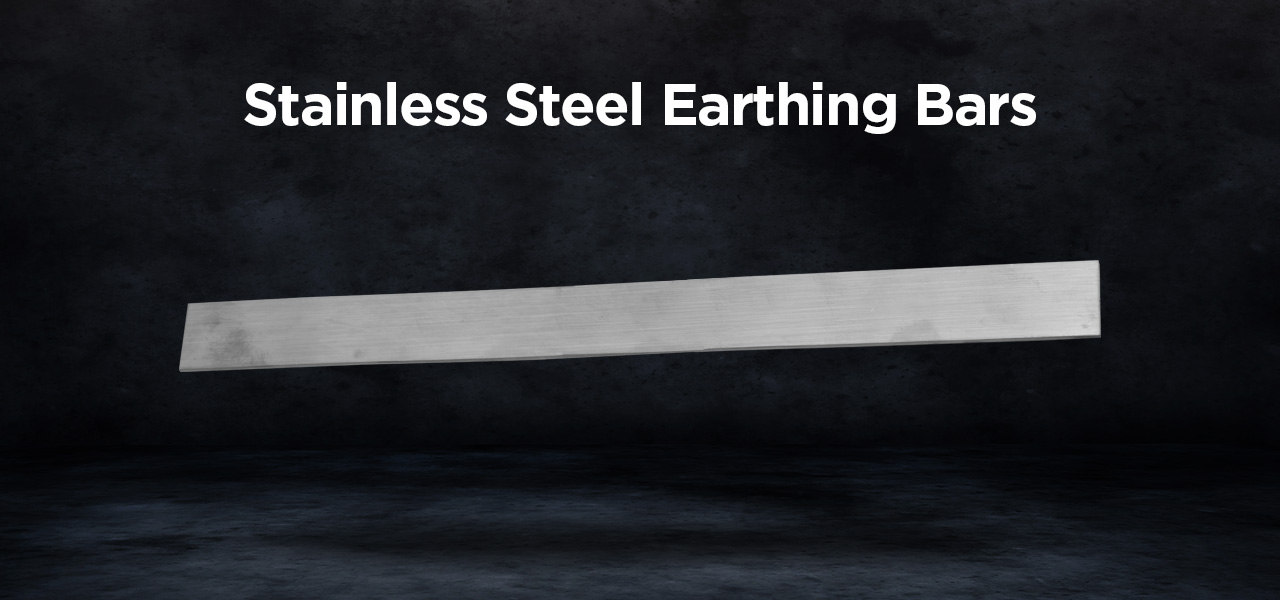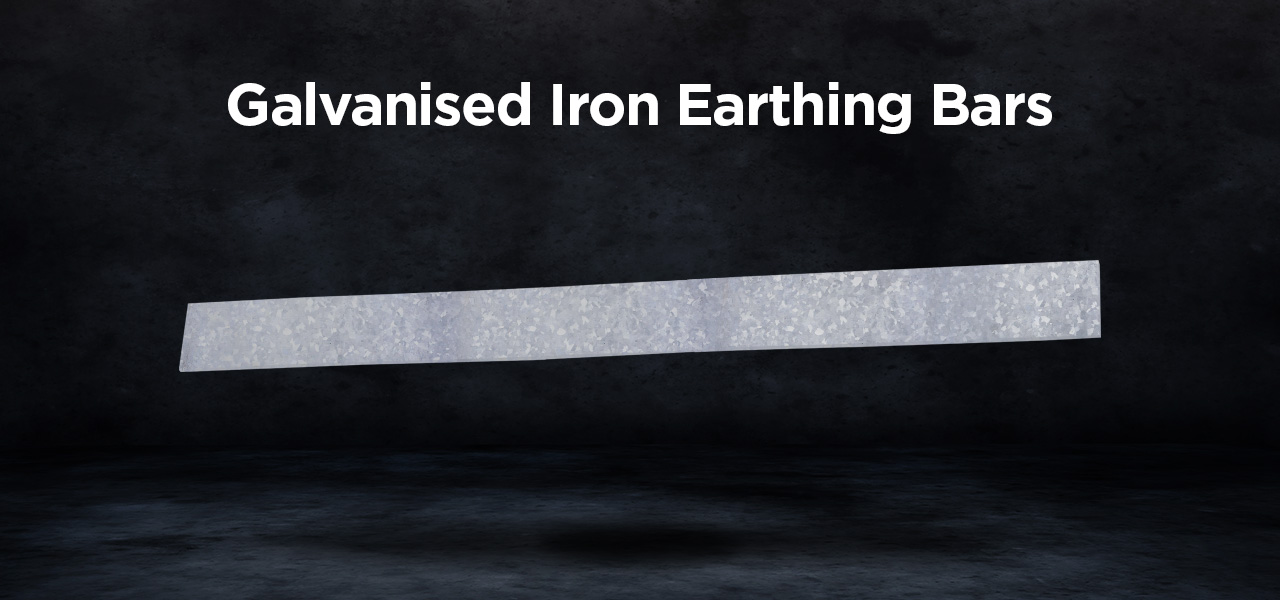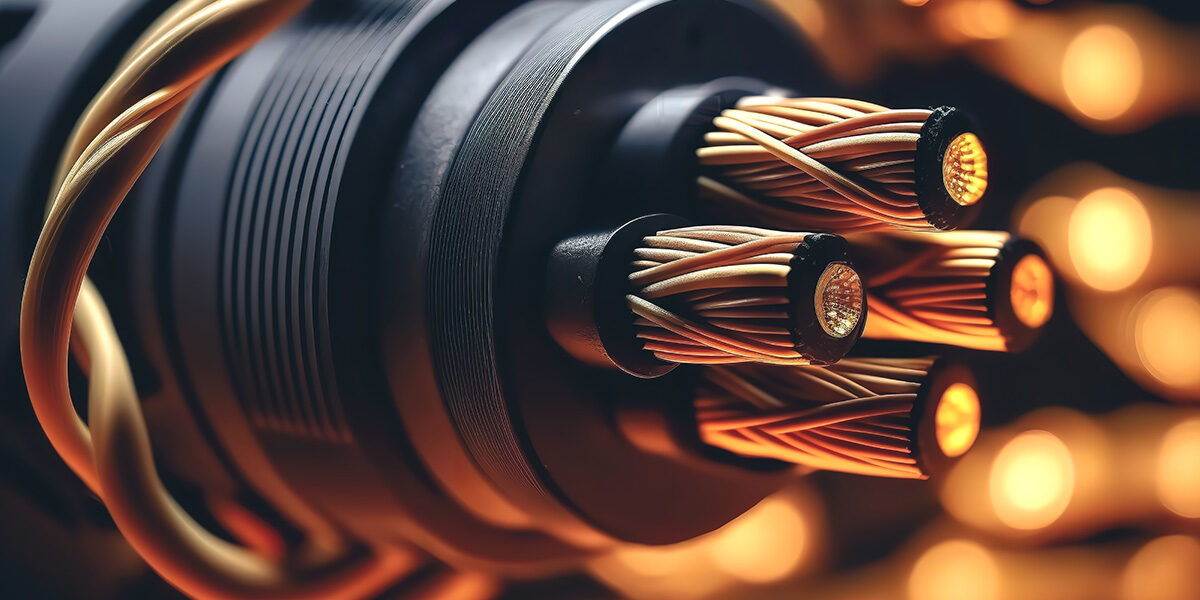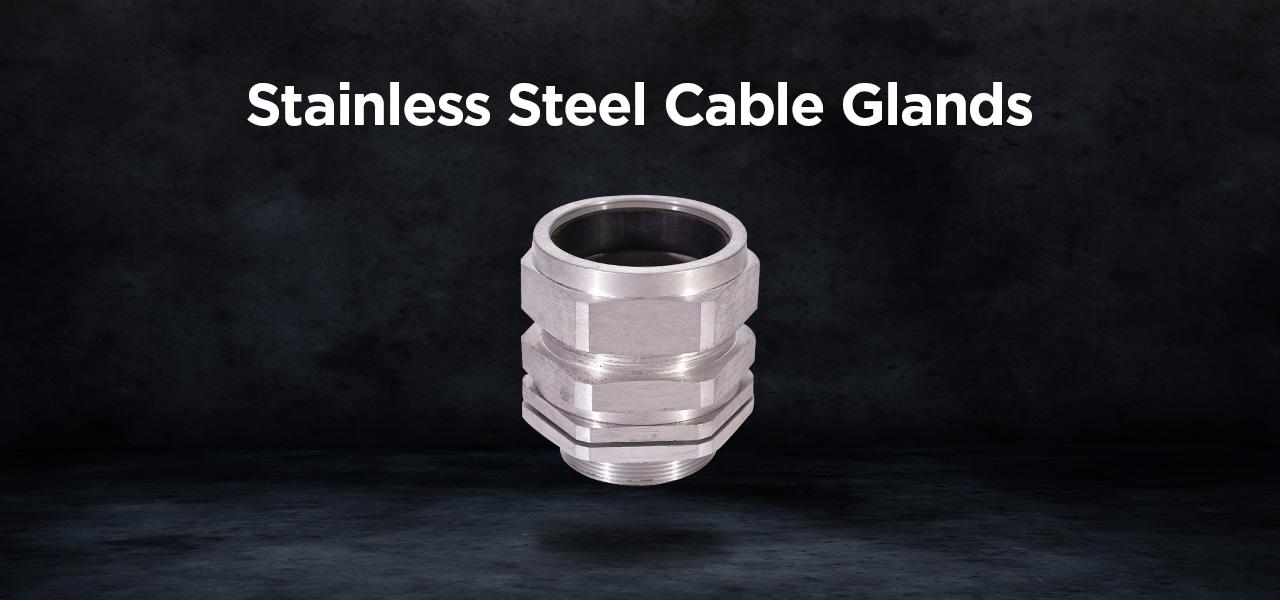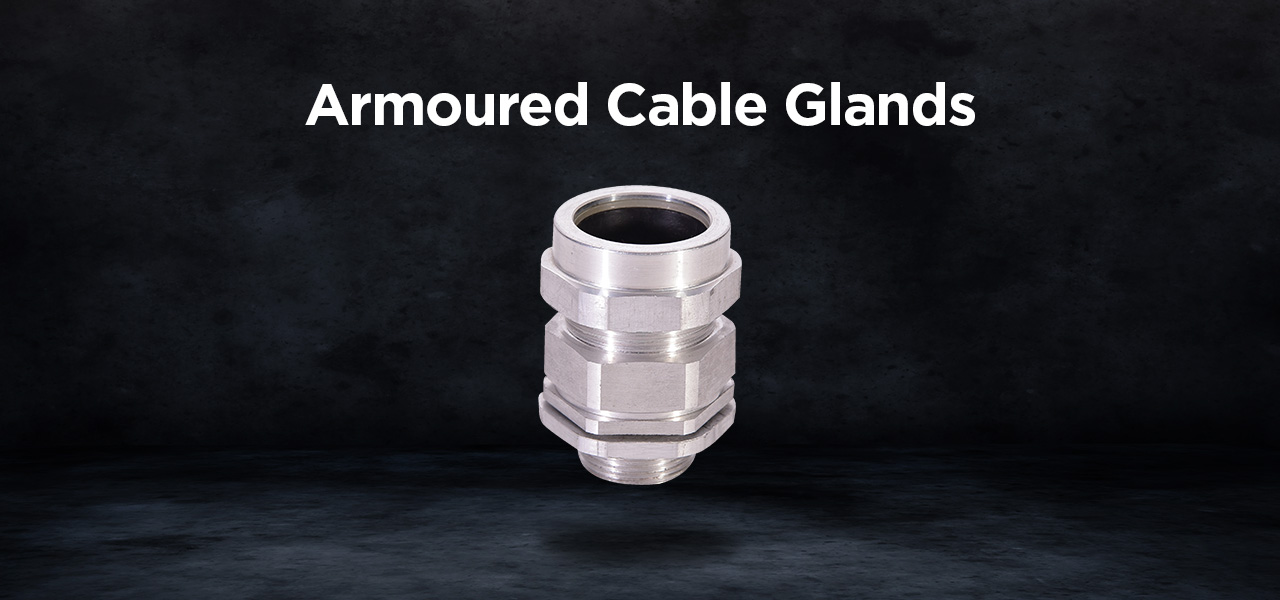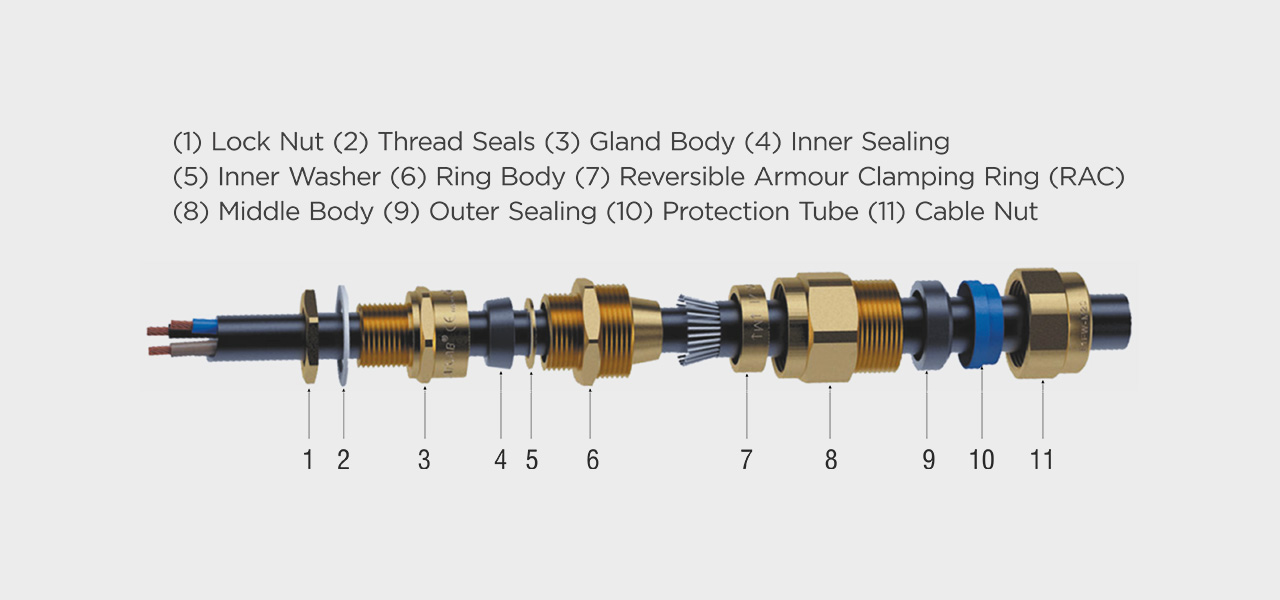As a leading manufacturer of electrical solutions, Atlas Metal places utmost importance on the safety aspect of electrical systems. So, in this blog post, we will explore the importance of choosing the right earthing accessories for enhanced safety and discuss key considerations to help you make informed decisions.
Earthing is a critical aspect of electrical systems, providing a safe path for the dissipation of electrical faults and ensuring the protection of both people and equipment. To establish an effective earthing system, it is crucial to select the right earthing accessories. Earthing bar is one of the earthing accessories that helps prevent electrical shocks, minimise the risk of fires, and protect equipment from electrical faults or lightning strikes. Several kinds of earthing bars are used in electrical systems depending on the application, so let us begin looking at the types of earthing bars.
Types of Earthing Bars
Let us learn about the different types of earthing bars that are used based on specific requirements.
1. Copper earthing bars
Copper earthing bars offer excellent electrical conductivity and corrosion resistance. This characteristic makes them the most widely used type of earthing bar.
2. Stainless steel earthing bars
Made from stainless steel, this type of earthing bar provides superior durability and corrosion resistance. It is often used in harsh or corrosive environments where high levels of resistance to corrosion are required.
3. Galvanised iron earthing bars
Galvanised iron earthing bars provide corrosion resistance and effective grounding in outdoor and industrial environments, ensuring electrical system safety.
After knowing the various types of earthing bars, let us now explore the key selection criteria to consider when choosing the appropriate one.
Selection Criteria for Earthing Bars
While choosing an earthing bar, consider the following criteria for optimal performance:
Electrical system specifications
Electrical system specifications include factors like voltage rating, fault current level, conductor size and short-circuit rating. By considering these specifications, you can select a suitable earthing bar for safe and reliable operations.
Environmental factors
Different environments present various challenges for earthing systems. Factors like soil composition, moisture levels, and corrosive substances can impact the performance and durability of earthing accessories. It is essential to assess the environmental conditions at your site to choose accessories that are suitable for the specific environment and can withstand potential corrosive elements.
We have familiarised ourselves with the selection criteria for earthing bars. Let us have a look step-by-step guide for their installation.
Step-by-step Installation Procedure for Earthing Bars
Ensuring a proper installation of earthing bars guarantees a proper connection with the cable joints and leads to enhanced safety. Below are the steps for the effective installation of earthing bars.
Step 1: Safety Precautions
Before starting the installation, ensure that you are wearing appropriate personal protective equipment (PPE) such as gloves and safety glasses. Make sure the area is clear of any potential hazards.
Step 2: Site Assessment
Evaluate the location where the earthing bars will be installed. Consider factors such as soil conditions, proximity to electrical systems, and compliance with local regulations and standards.
Step 3: Determine the Number and Size of Earthing Bars
Based on the electrical system requirements and the soil resistivity, determine the appropriate number and size of earthing bars needed for the installation.
Step 4: Dig Trenches
Use digging tools such as shovels, spades, or an excavator to dig trenches in the designated area. The trenches should be deep enough to accommodate the length of the earthing bars and allow for proper burial.
Step 5: Install Earthing Bars
Place the earthing bars into the trenches, ensuring they are aligned correctly and have good contact with the soil. Use a hammer or mallet to drive the bars firmly into the ground until they reach the desired depth.
Step 6: Connect Earthing Bars
Attach earthing cable clamps and connectors to securely connect the cable joints and earthing bars to the grounding system and other grounding components. Follow the manufacturer’s instructions for proper installation.
Step 7: Test the Grounding System
Once the earthing bars are installed and connected, use testing equipment such as a multimeter or ground resistance tester to verify the effectiveness of the grounding system. Ensure that the resistance readings meet the required standards.
Step 8: Backfill Trenches
Fill the trenches with suitable backfill material, such as sand or gravel, to provide stability and support to the earthing bars. Compact the backfill material to minimise settling.
Step 9: Grounding Compound Application
Apply a conductive grounding compound, such as bentonite or graphite, around the earthing bars to enhance the conductivity of the soil and improve the performance of the grounding system. Follow the manufacturer’s guidelines for application.
Step 10: Final Inspection
Conduct a final inspection to ensure that the installation meets all safety and regulatory requirements. Check for any loose connections, proper bonding, and adequate grounding.
It is important to note that these installation steps are provided as a general guide. Always consult with a qualified electrician or grounding specialist and adhere to local regulations and standards for specific instructions and requirements regarding earthing bar installations.
Safety precautions to keep in mind while installing Earthing Bars
When installing earthing bars, it is crucial to follow safety precautions to minimise the risk of accidents or injuries. Here are some of the important safety measures to consider:
Personal Protective Equipment (PPE)
Wear appropriate PPE, including safety gloves, safety glasses, and appropriate clothing, to protect against potential hazards such as sharp objects, electrical shocks, or flying debris.
Electrical Safety
Prior to installation, ensure that the electrical system is turned off and properly isolated to prevent accidental contact with live wires. Follow lockout/tagout procedures if necessary.
Site Inspection
Thoroughly inspect the installation site for any potential hazards, such as underground utilities, unstable ground, or overhead power lines. Take appropriate measures to mitigate these risks.
Training and Expertise
Only qualified personnel with knowledge and experience in earthing system installation should perform the task. If you are not trained or experienced in this area, seek assistance from a qualified electrician or grounding specialist.
Digging Safety
When digging trenches for burying the earthing bars, be cautious of underground utilities such as gas lines, water pipes, or communication cables. Use appropriate digging tools and techniques to avoid damaging these utilities.
Equipment Handling
Handle tools and equipment with care, following the manufacturer’s instructions and guidelines. Inspect tools for any damage or defects before use, and replace or repair them if necessary.
Grounding System Testing
Use appropriate testing equipment and follow safe practices when testing the grounding system. Avoid contact with live wires and follow established testing procedures.
Be Prepared For An Emergency
Have a plan in place for emergencies, including access to first aid kits, fire extinguishers, and emergency contact numbers. Ensure that everyone is aware of emergency procedures.
Compliance With Regulations
Adhere to local regulations, codes, and standards related to earthing system installation. Familiarise yourself with any specific requirements or permits needed for the project.
By following these safety precautions, you can help create a safe environment and minimise the potential risks associated with the installation of earthing bars.
Maintenance and Troubleshooting
Maintenance and troubleshooting are crucial for the effective and reliable operation of earthing systems. To ensure the optimal maintenance of earthing bars, it is essential to conduct regular inspections, apply anti-corrosion coatings, and perform periodic tests on the grounding system. These activities help uphold the integrity and reliability of the earthing bars over time.
In troubleshooting, potential grounding failures should be investigated, and solutions may involve repairing or replacing faulty components or cable clamps. High ground resistance can be addressed by improving soil conductivity or modifying the grounding system design. Additionally, checking the cable and grounding connections and seeking professional assistance when needed are essential steps to ensure the integrity and safety of the earthing system.
Conclusion
Cable glands are indispensable components for ensuring the safety, reliability, and longevity of electrical systems. As a leading manufacturer in India, particularly in Jamnagar, Atlas Metal has established itself as a trusted provider of high-quality cable glands. With a focus on brass cable glands, Atlas offers a range of solutions that exhibit durability, corrosion resistance, and excellent electrical conductivity.
By adhering to proper installation techniques and following the manufacturer’s guidelines, users can maximise the benefits of cable glands and mitigate potential hazards. With Atlas Metal’s commitment to innovation, product development, and exceptional customer support, Atlas continues to contribute to the growth and advancement of the cable gland industry in India and beyond.

